If you’re looking for a way to grow your eCommerce business, expanding into international markets could be the answer.
Not only will this give you an opportunity to capitalize on the global surge in eCommerce, but it will also enable you to stay ahead of your competition and help customers in more regions benefit from your products.
However, while the most popular eCommerce platforms cover the technical details of selling your products around the world, to be successful, you’ll need to do a lot more than simply translate your product descriptions.
True localization goes much deeper. You must adapt your entire store to ensure it resonates with your target audiences, including displaying culturally appropriate images, sizing information in the preferred format and units, and calls-to-action that reflect local customs and nuances.
To help you succeed with localizing your store, this guide covers the key points your global eCommerce strategy needs.
The Business Case for International Expansion
If your eCommerce business is only targeting the domestic market, then you’re missing out on potential customers, sales, and profits.
eCommerce sales are growing worldwide, and this trend is predicted to continue for the foreseeable future.
Not only that, but according to data from Statista, the cross-border eCommerce market is expected to reach $7.9 trillion by 2030, up from around $785 billion in 2021. This makes now the time to start targeting these overseas markets.
eCommerce growth is particularly strong in the Asia-Pacific, MENA, and LATAM markets, and customers in these regions are more than willing to shop across borders.
However, to effectively market your store and its products to these emerging markets and unlock cross-border sales, you’ll need to make some adjustments.
For example, mobile-first shopping is particularly popular in these emerging markets. So, if your store isn’t fully optimized for mobile eCommerce, you’ll find it hard to generate sales.
Localization is another big issue. Localizing your eCommerce store can unlock numerous benefits, including the fact that 76% of shoppers prefer product pages with information in their native language and that 40% will not buy from websites in other languages.
While unexpected shipping costs are the most common reason cross-border shoppers abandon their carts, a study found that offering shoppers localized payment options could reduce the cart abandonment risk by 32%.
Cross-border sales are on the increase, but based on forecasts, it’s still relatively early days. Due to this, now is an excellent time to start building a global eCommerce strategy and accessing new markets for your store.
There’s a real chance to gain an advantage over your competitors by being the first to make your store truly accessible to cross-border sales.
Common Localization Mistakes
As we’ve just seen, localization can make or break your attempts to generate revenue from customers in other countries.
Thanks to the rise of seemingly competent AI tools, translating your content has never been easier. However, literal machine-led translations can still cause problems. This is especially true if you don’t have the ability to verify the accuracy of the translation or identify potential issues before publishing it.
Even the most prominent brands can encounter issues when translating their marketing copy. Some eye-catching examples include Parker Pens’ pregnancy-related slogan slip-up, the HSBC ‘Assume Nothing’ campaign that forced them to scrap a $10 million rebrand, and Ikea’s Fartful product launch.
It’s not just product pages that need translating. Failing to translate store navigation elements, such as buttons and menus, can cause significant usability issues at your store.
It’s surprisingly common to see stores that appear to be fully translated, only to display key user interface elements presented in a different language or format.
One example is how sizing and measurements are displayed. Store owners may find it challenging to determine when sizing and measurements require translation.
Numbers might seem universal, but as countries use different measurement systems and sizing standards, they often need to be translated or converted into the local format. We’ll cover this in more detail later on in this guide, but it’s definitely something you need to be aware of when creating your global eCommerce strategy.
Failing to fully translate your store can be especially jarring when it happens at a crucial point in the shopping journey, such as the “buy” button at the checkout page. Not translating every part of your store can also cause customers to abandon their carts due to the inconsistent user experience and confusion. It can break the assumption that the customer is shopping at a store optimized especially for them rather than one that has been hastily translated to cash in on a wider audience.
When it comes to translating your store, Weglot is a popular option for creating multilingual versions of your site and its content. It’s available as a plugin for WordPress and an app for Shopify. The limited free plan lets you see what Weglot can do. After that, you can pay to unlock more capacity and languages.
Another key element of localizing your store includes providing customers with payment methods they’re familiar with. This means not only displaying prices in their local currency but also offering them payment options that are familiar to them.
For example, in Brazil, the largest economy in Latin America, paying offline at banks and post offices for products purchased from online shops is still surprisingly common.
Thankfully, popular eCommerce platforms like Shopify now offer local payment options via the built-in functionality or through third-party apps.
Cultural Considerations in Product Presentation
When it comes to localizing your store as part of your global eCommerce strategy, it’s not just about translating the text. Cultural considerations must also be considered. For example, if you’re selling clothing, the product photos must reflect the modesty norms in each region where you operate.
Hand gestures can also cause problems. Even the seemingly innocent thumbs up isn’t universally seen as the positive gesture many of us think it is.
The tone of voice is also essential. For some regions, such as the UK and the US, a more casual tone might be appropriate, while in others, such as Japan and Germany, formality is preferred and expected.
Marketing content and product descriptions should also be tailored to suit regional priorities.
For example, Nike has been known to emphasize the cultural value of collectivism in China when marketing their products in that region, compared to highlighting individualism in their USA-focused campaigns.
IKEA is another brand that excels in this area. Their European and US catalogs emphasize the cultural preference for minimalist, open-plan living, while in China, showrooms are tailored to smaller apartments, and catalog photos often depict multi-generational households, reflecting local cultural norms.
Size and Measurement Localization Challenges
One key area to focus on when localizing your store as part of your global eCommerce strategy is the presentation of sizing information.
This is particularly relevant when selling apparel, footwear, furniture, home goods, or any items where customers rely on measurements and dimensions.
For example, a woman’s EU size 38 is roughly equivalent to a US size 8, but not an exact match. Footwear sizes in the UK, US, EU, and Asia all follow entirely different scales.
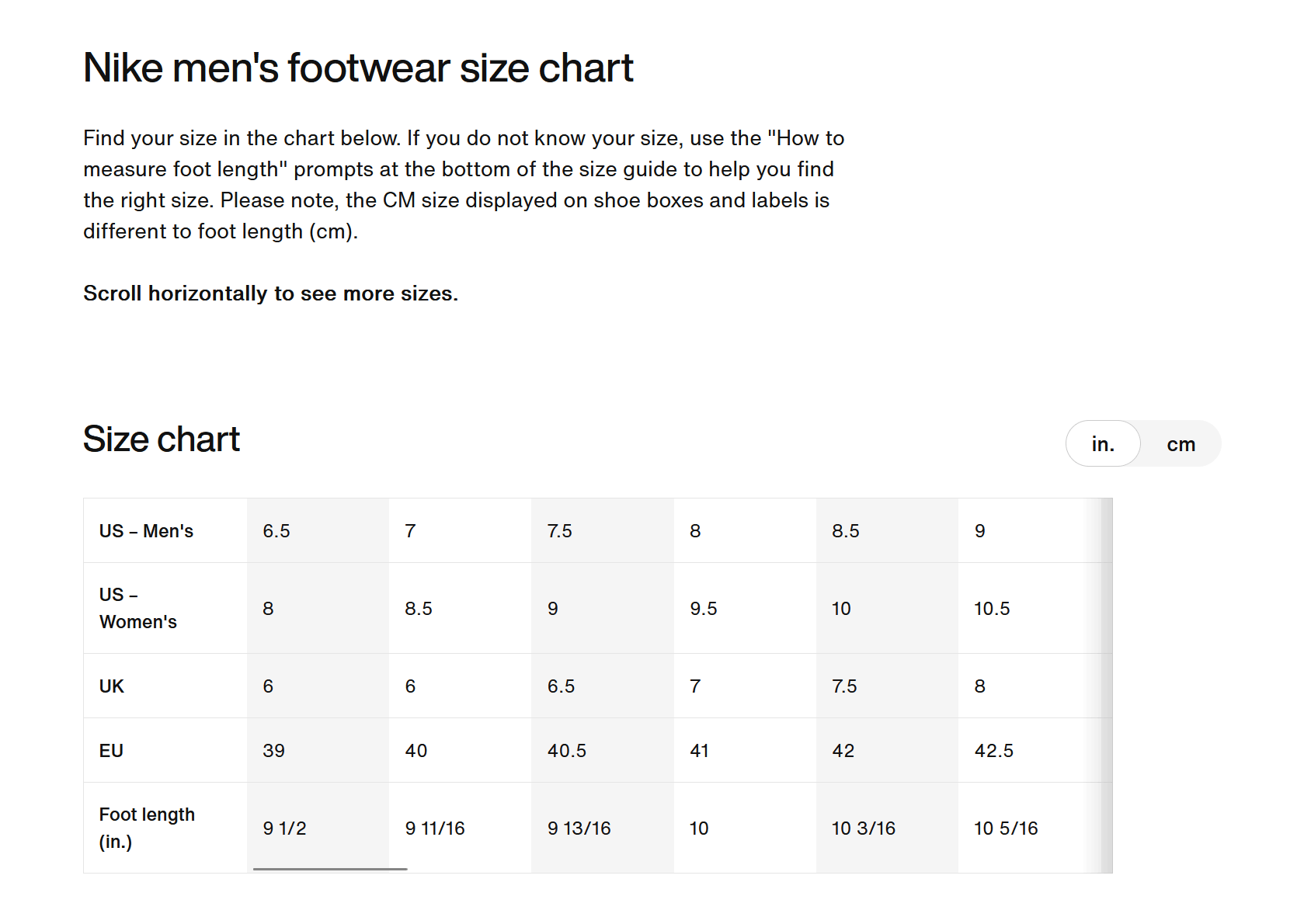
It’s not just sizing. Measurement units can be confusing, such as when comparing centimeters to inches, kilograms to pounds, or liters to ounces. Customers expect to see the units they’re familiar with. Forcing them to do the conversion themselves increases the risk of misinformed purchases and dissatisfaction, which leads to negative reviews and higher return rates.
Overcoming these size and measurement localization challenges presents a genuine opportunity to differentiate yourself from the competition and become a destination where shoppers from the regions you’re targeting feel comfortable shopping.
Case Study: How CommerceGurus Size Guides Handles Multiple Measurement Systems
As we’ve just seen, displaying localized sizing information is vital when optimizing your store for the global economy. To help merchants simplify and scale size localization for multiple markets, we built the CommerceGurus Size Guides app.
The app features automatic conversion between centimeters and inches, enabling you to create a frictionless shopping journey for your customers when it comes to sizing and measurement preferences.
The app also allows you to create multiple size charts, enabling you to produce tailored size guides for specific products and product categories. This helps ensure that each guide contains all the relevant information, including measurement instructions and sizing details, in the format your global visitors expect.
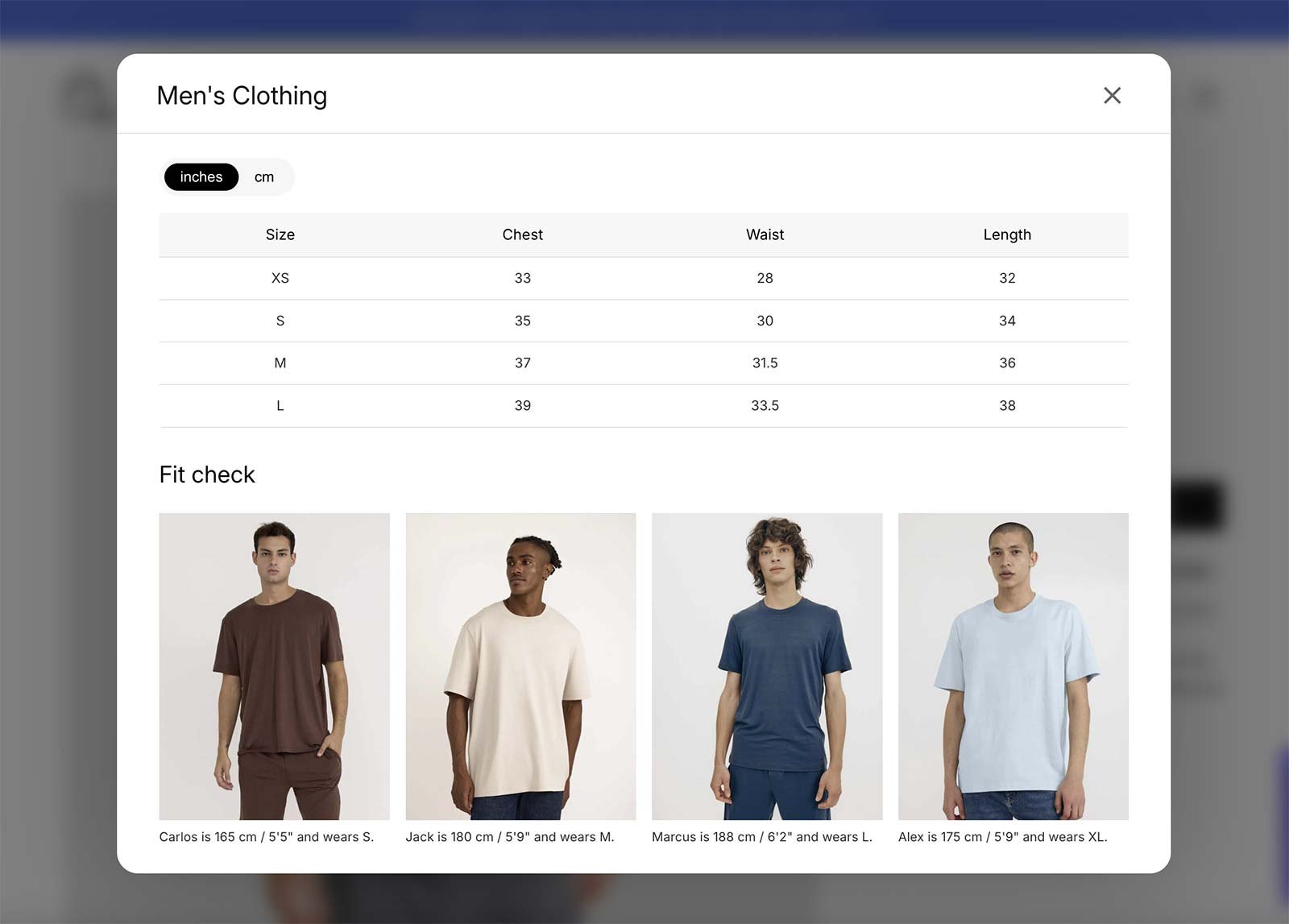
The built-in auto-conversion feature enables easy display of measurements in both metric and imperial units, allowing shoppers to seamlessly switch between the two with the touch of a button.
As the CommerceGurus team is passionate about performance and accessibility, you can be sure that adding this app to your store won’t unnecessarily slow it down or negatively impact user experience.
The size charts created by the app are also fully mobile-friendly, which is essential given that 68% of retail eCommerce orders are made on mobile devices.
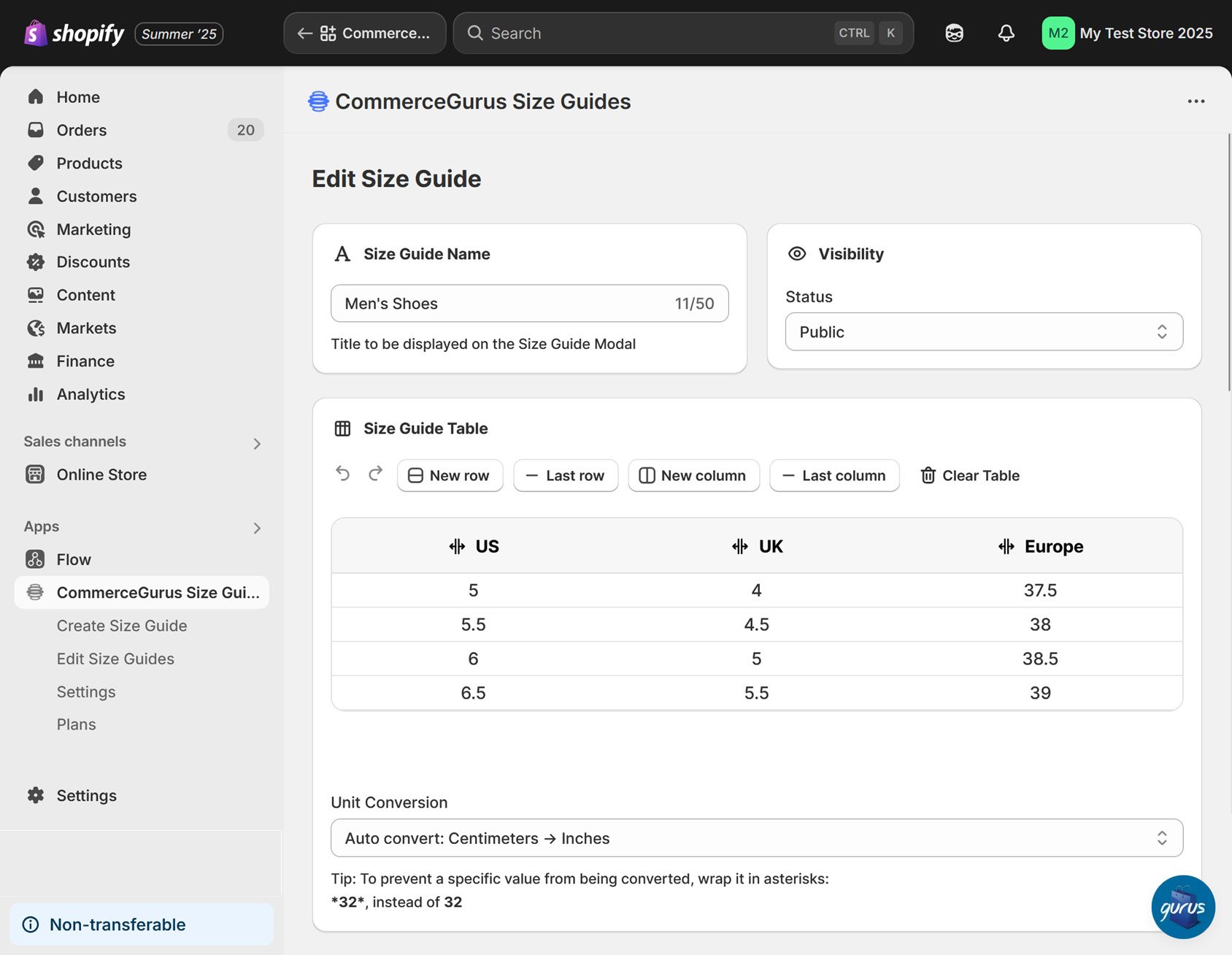
The CommerceGurus Size Guides app for Shopify is easy to use, making it straightforward to add user-friendly and accessible custom size charts to your Shopify store.
Currency, Taxes, and Shipping: Technical Implementation Tips
In addition to translating your site’s content, you also need to localize currency, tax, and shipping information.
Shopify Markets can help with much of this, including managing multiple languages and currencies at your store.
The first step to focus on is enabling dynamic currency display. This uses your customers’ IP addresses or browser settings to display prices in local currencies.
You should also be aware of local taxes. Again, Shopify can help with this, enabling you to display the relevant taxes to your customers based on their location.
As Shopify allows you to work with shipping zones and offers numerous settings and features for handling international shipping, you should be able to set up this aspect of your store in a way that aligns with your global eCommerce strategy.
Failing to display local currency, tax, and shipping information throughout the shopping experience can cause customers to feel deceived when these details are finally revealed at checkout.
Testing Your Localization with International User Feedback
Localization isn’t a one-time task. While the majority of the work is done upfront, you’ll need to refine it continuously over time.
For example, each time you add a new product to your store, you’ll need to ensure it’s accurately translated, the product photos are culturally appropriate, and the sizing information is suited to the markets you’re targeting.
Again, as mentioned earlier, a literal translation is unlikely to be sufficient when translating your content. To ensure your translations resonate, it’s essential to understand the cultural norms of your target audience.
Conducting A/B testing for different regions can help you identify local preferences, such as specific wording and phrases used in product descriptions. For example, does one region react better to sustainability being highlighted as a key product feature, while an emphasis on the product being “premium” resonates better with another?
If you notice more returns than usual for a particular region, your sizing charts may be confusing shoppers.
As with any significant change to your store, succeeding with localization requires testing and soliciting feedback.
Summary
As we’ve seen, your global eCommerce strategy must include more than just translating text.
It’s essential to consider cultural nuances and preferences when translating text, creating product images, and promoting your products. Store UX also needs to be carefully translated, including buttons, calls to action, and checkout language.
You also need to understand which are the popular payment methods in the regions you’re targeting and how you will accommodate them, as well as familiarize yourself with the local sizing and measurement details. Staying up to date with the latest shipping and tax information is also a requirement.
To help prepare your store for additional markets, the CommerceGurus Size Guides app will assist you in creating suitable size charts for your target audiences, building trust, and reducing returns.
To see how the CommerceGurus Size Guides Shopify app can help you create localized size charts for your global store, check out the demo.

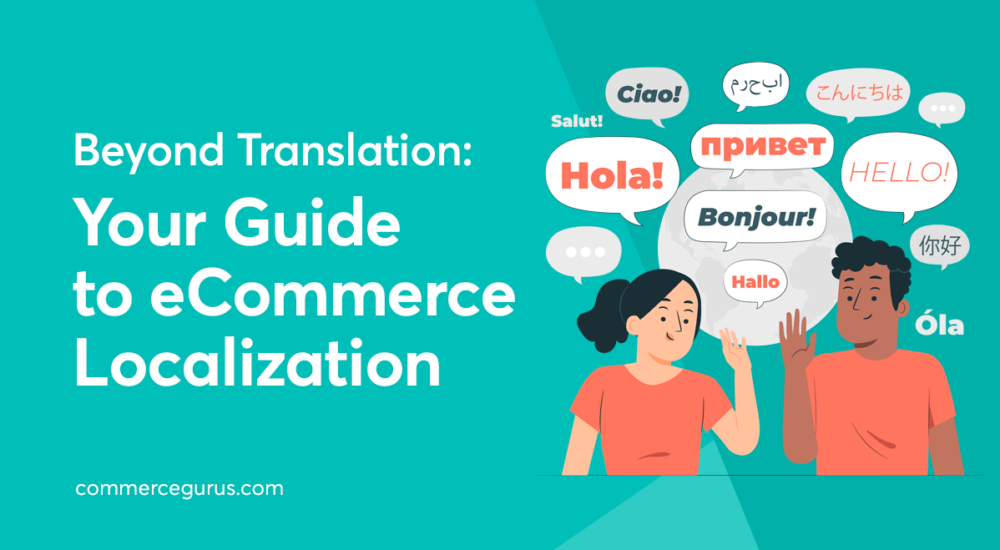
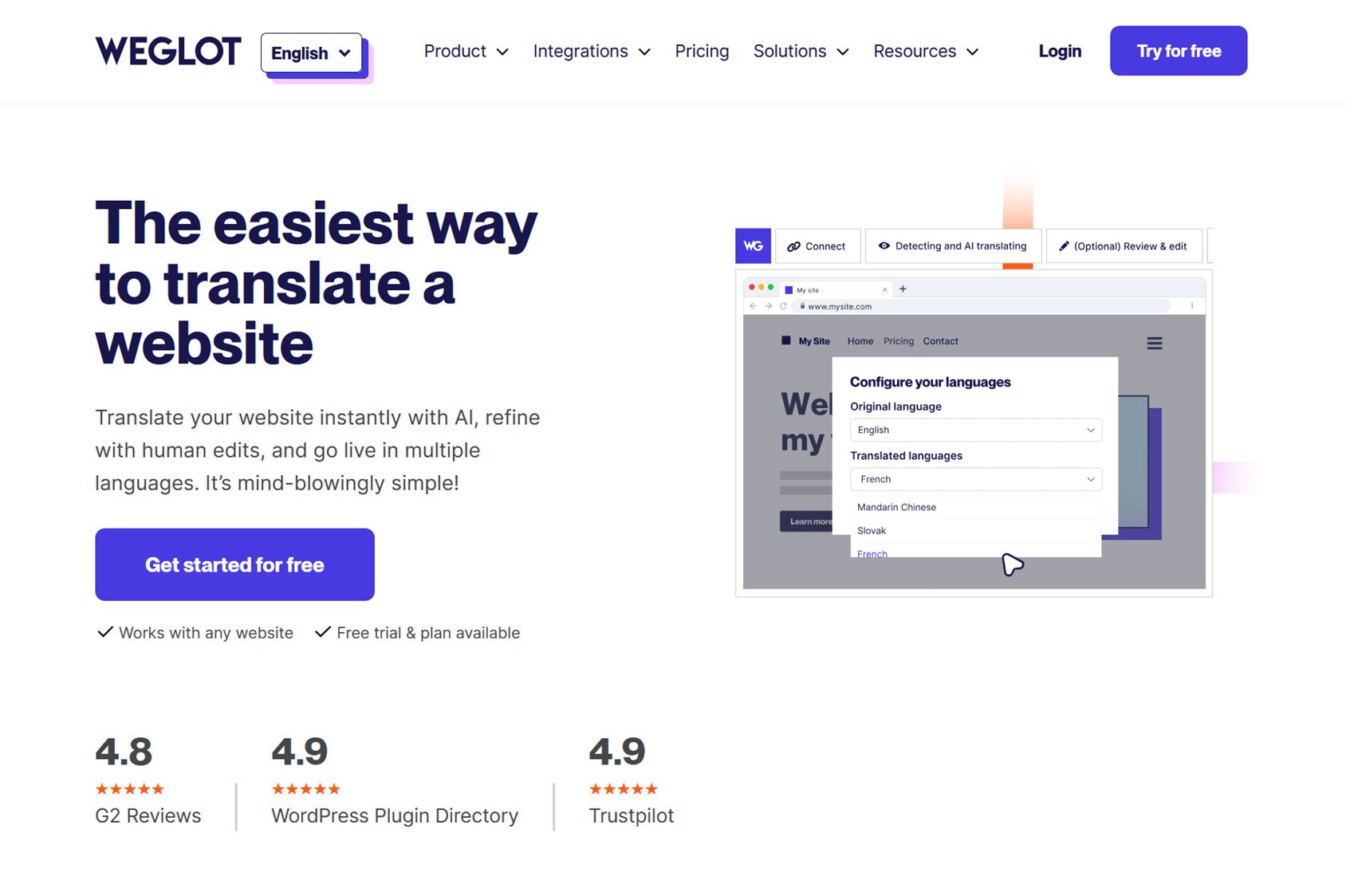
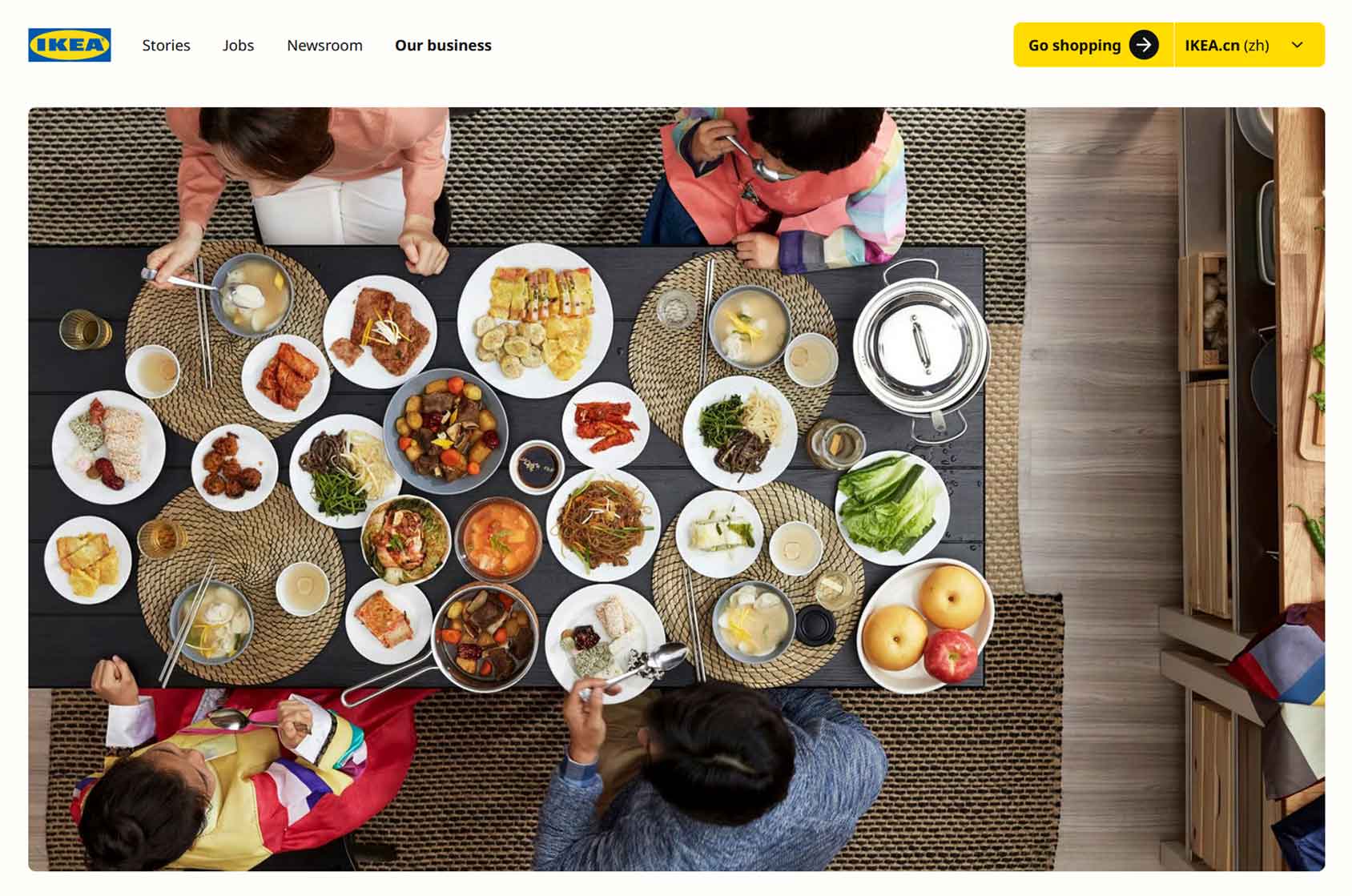
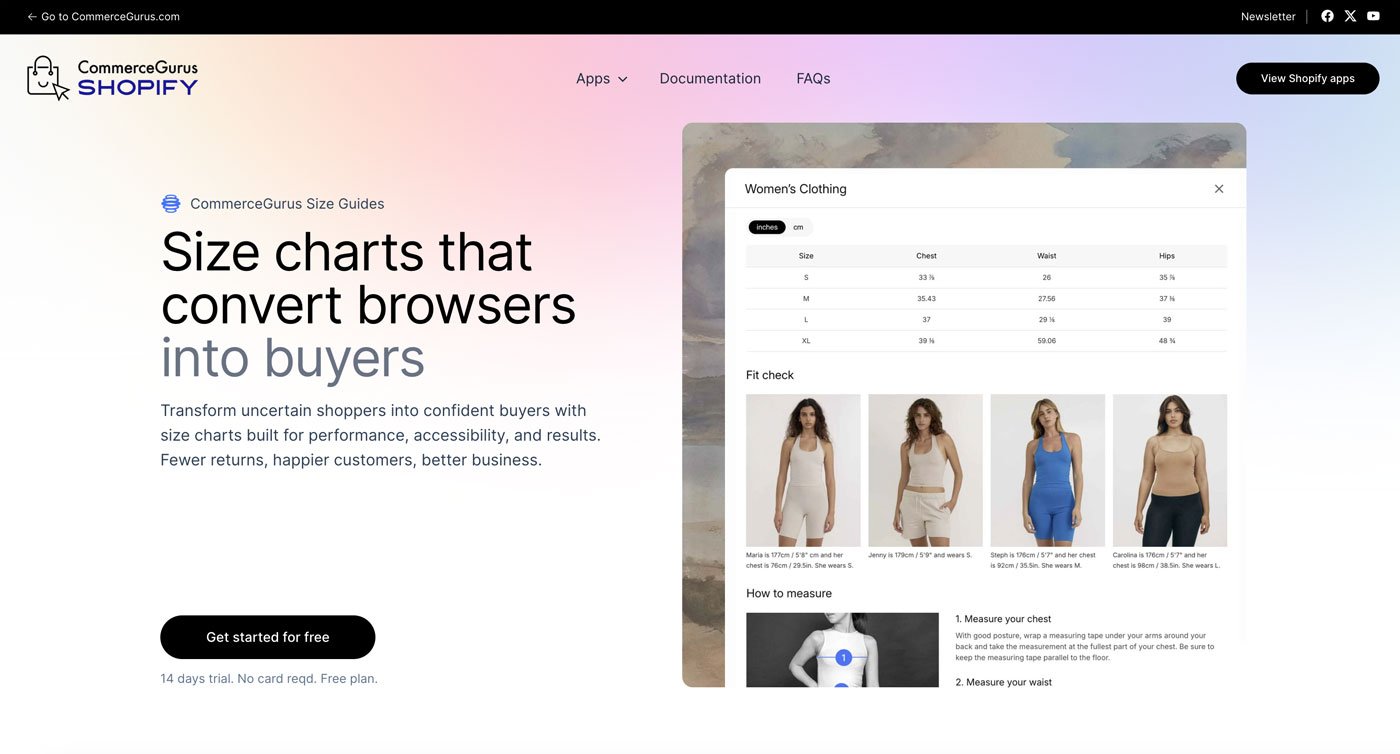


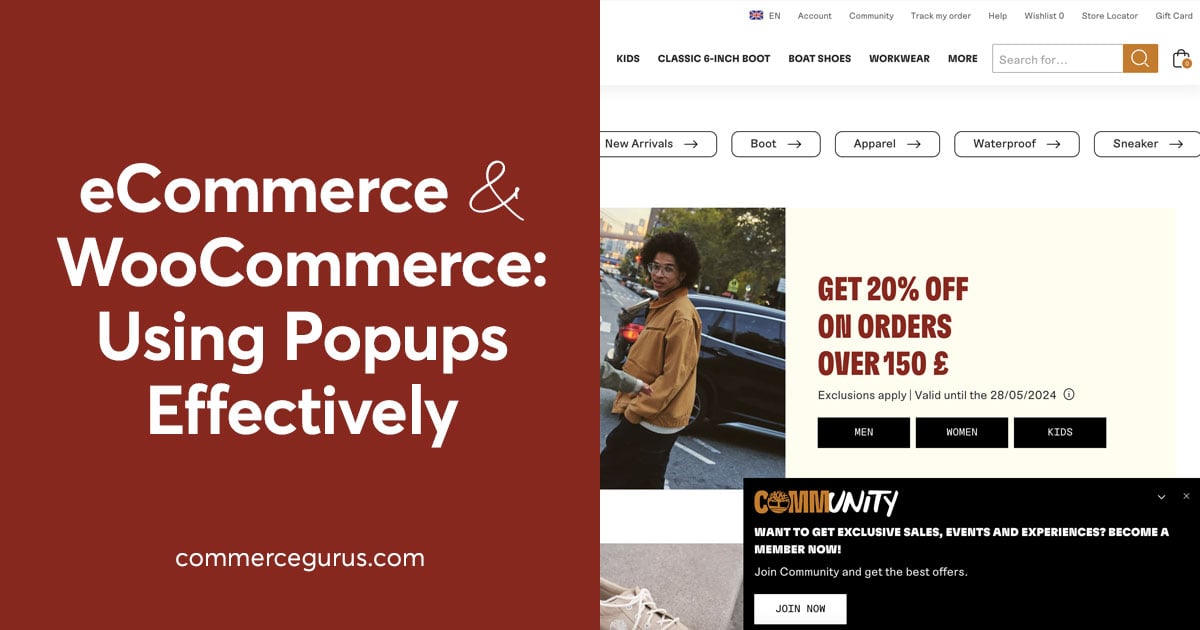

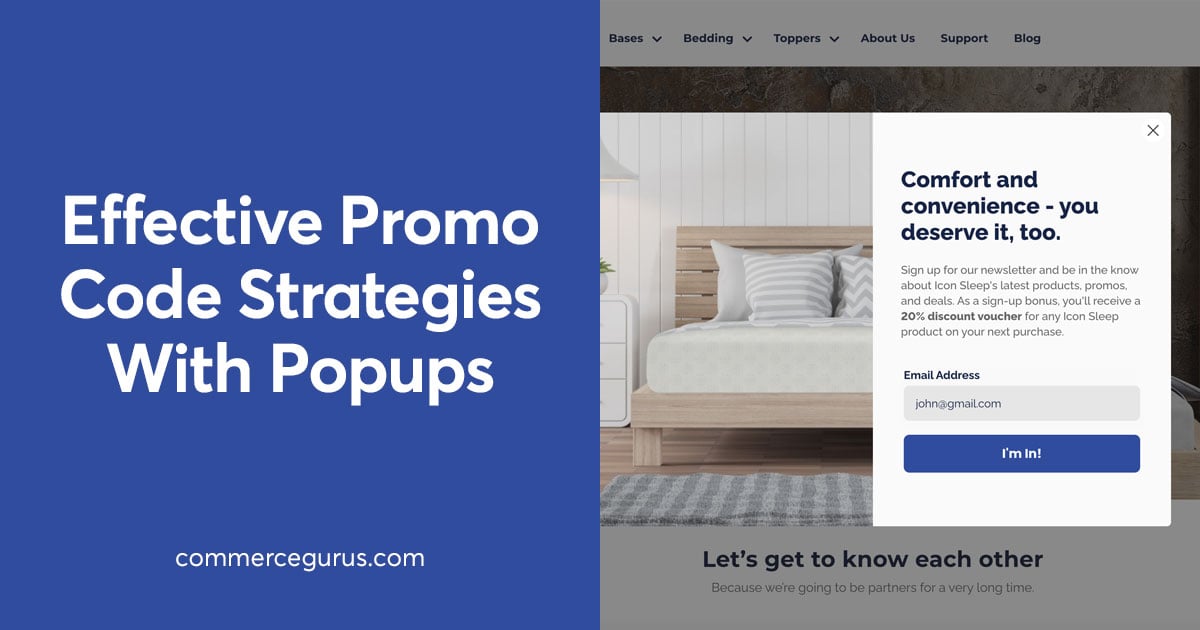
 Interaction to Next Paint (INP) – Core Web Vital Explained
Interaction to Next Paint (INP) – Core Web Vital Explained MailPoet Plugin Review – Automated WooCommerce Email Marketing
MailPoet Plugin Review – Automated WooCommerce Email Marketing ADA Lawsuits Targeting eCommerce Store Websites
ADA Lawsuits Targeting eCommerce Store Websites